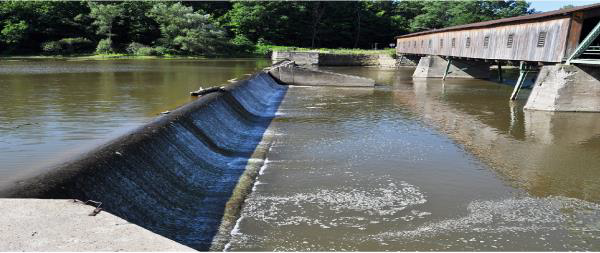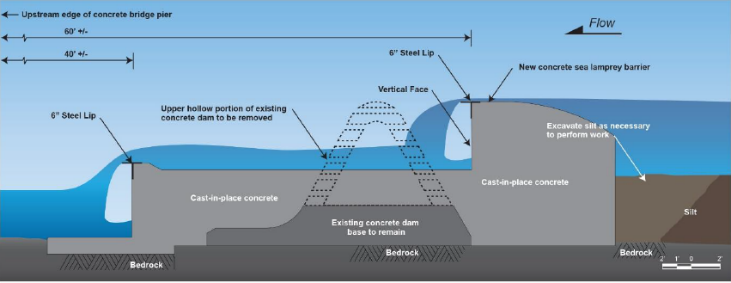Eligible projects are those that involve the restoration of aquatic and riparian habitats that may promote the natural reproduction and stability of fish communities as well as those that may aid in the control of the introduction or spread of invasive species in the Great Lakes.
Who
Non-federal sponsors must submit an application as a statement of their intent to participate in supporting the project and acknowledging its financial responsibilities in the study and project.
Non-Federal sponsors may include state, tribal, or local entities, or non-government organizations (NGO).
For example, state departments such as the Department of Natural Resources, tribal groups such as the Grand Traverse Band of Ottawa and Chippewa Indians, or may be local municipalities such as the city of Chicago, Illinois or other local entities such as forest preserve districts, park districts, school districts, conservation groups, or other non-government organizations including the Great Lakes Fishery Commission.
What
Eligible projects may be those that improve and protect wetlands, tributaries & associated riparian zones, reefs, shoreline habitat, connecting waterways to the Great Lakes, water quality and quantity, and other physical and biological components that promote healthy and productive fish communities in the Great Lakes.
Eligible projects can include compatible recreational features (i.e boardwalk, fishing pier, etc.) in the design and construction, however costs of such features cannot exceed 10% of the total federal costs.
 |
 |
|
The barrier construction project for the Harpersfield Dam in Ohio was proposed to prevent sea lamprey passage and reproduction from approximately 1,266 miles upstream of the dam on the Grand River and its tributaries. The project also anticipated lowering the overall sea lamprey population in Lake Erie, which in turn improves the sustainability of valuable fisheries resources. This project was awarded a contract and completed in 2018.
|
Where
Projects must be within the Great Lakes basin and must be projects that support the restoration of the Great Lakes fishery, ecosystem, or to restore beneficial uses of the Great Lakes.
Costs
The total project cost must be less than $15 million but may not exceed $10 million of federal dollars.
Suitability Criteria & Confirming Eligibility
If the project meets the suitability criteria below and the applicant is an eligible non-Federal sponsor, the district would confirm the eligibility of the proposed project, and the district would forward the collected project information to the Great Lakes Fishery Commission or their designee
(1) Address one or more of the Program Objectives
(2) Involve planning, design, and construction activities where USACE’s expertise would significantly aid in project completion
(3) Be consistent with USACE policy